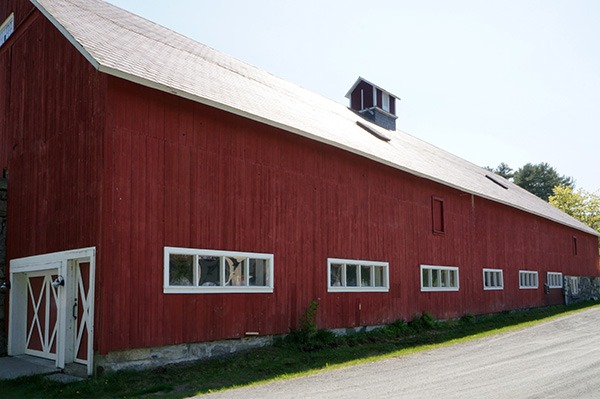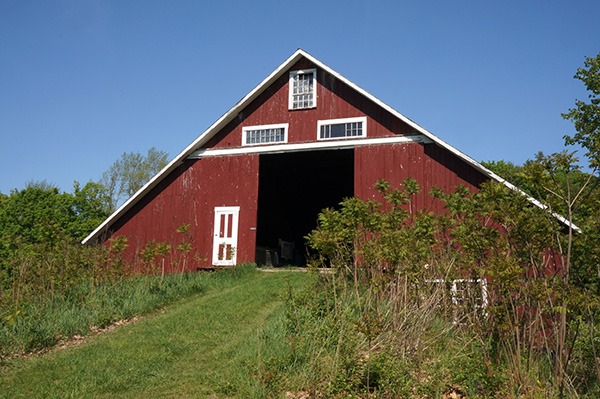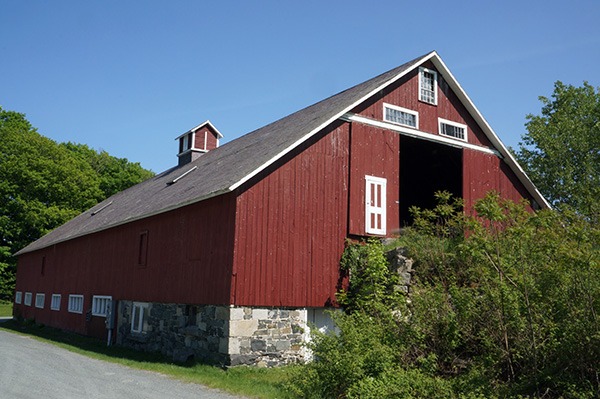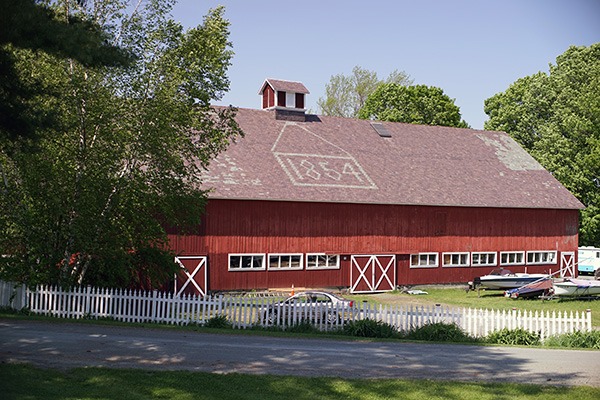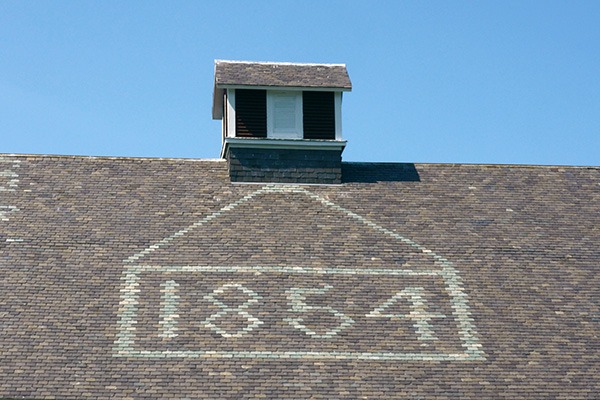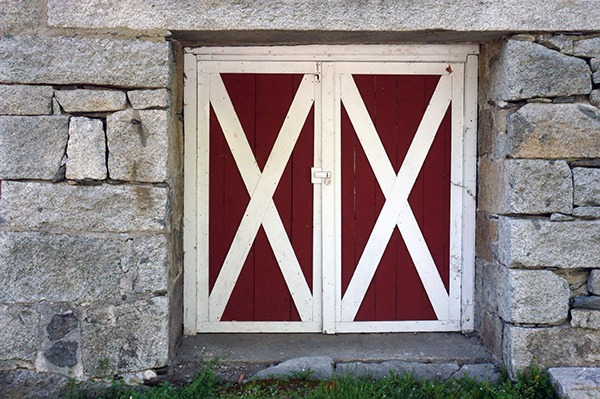Cow Barn
1854
The Church Family Cow Barn at Enfield Shaker Museum is an example of a group of Shaker agricultural structures known as Great Barns. Shaker Great Barns were roughly constructed between the mid-1820s and the mid-1880s. The first of these and probably the best-known today is the 1826 Round Barn at the Hancock Shaker community. This Round Barn was the first push by the Shakers to create an agricultural structure which would allow for maximum efficiency when working with the large dairy herds owned by the Shakers. This architectural style would reach its zenith with the creation of the massive 1859 Stone Barn built by the North Family of Shakers at the Mount Lebanon community. Today, only a handful of these impressive structures remain intact.
The Church Family Cow Barn, constructed in 1854, was built in the middle of the Great Barn period. Its design features a highly efficient New England drive through with an elevated drive located on the top floor. A New England drive through has doors at each gable end which allows carts to pass through the barn without turning, in contrast to the older English style barn with one door on the long side of the barn which necessitated driving in and then backing out. Additionally, the high ramps on the west and east side of the barn along with he elevated drive allowed carts to enter the barn and pitch hay down to the haymows below. Trap doors on the haymow level allowed feed to be lowered down to the cattle level below. On the stanchion level, a series of additional trap doors allowed manure to be shoveled into the clay lined manure vault below. Adding to the progressive design of the barn was a system that provided running water and a steam boiler to heat the cow’s stalls, food, and water thus increasing milk production..


